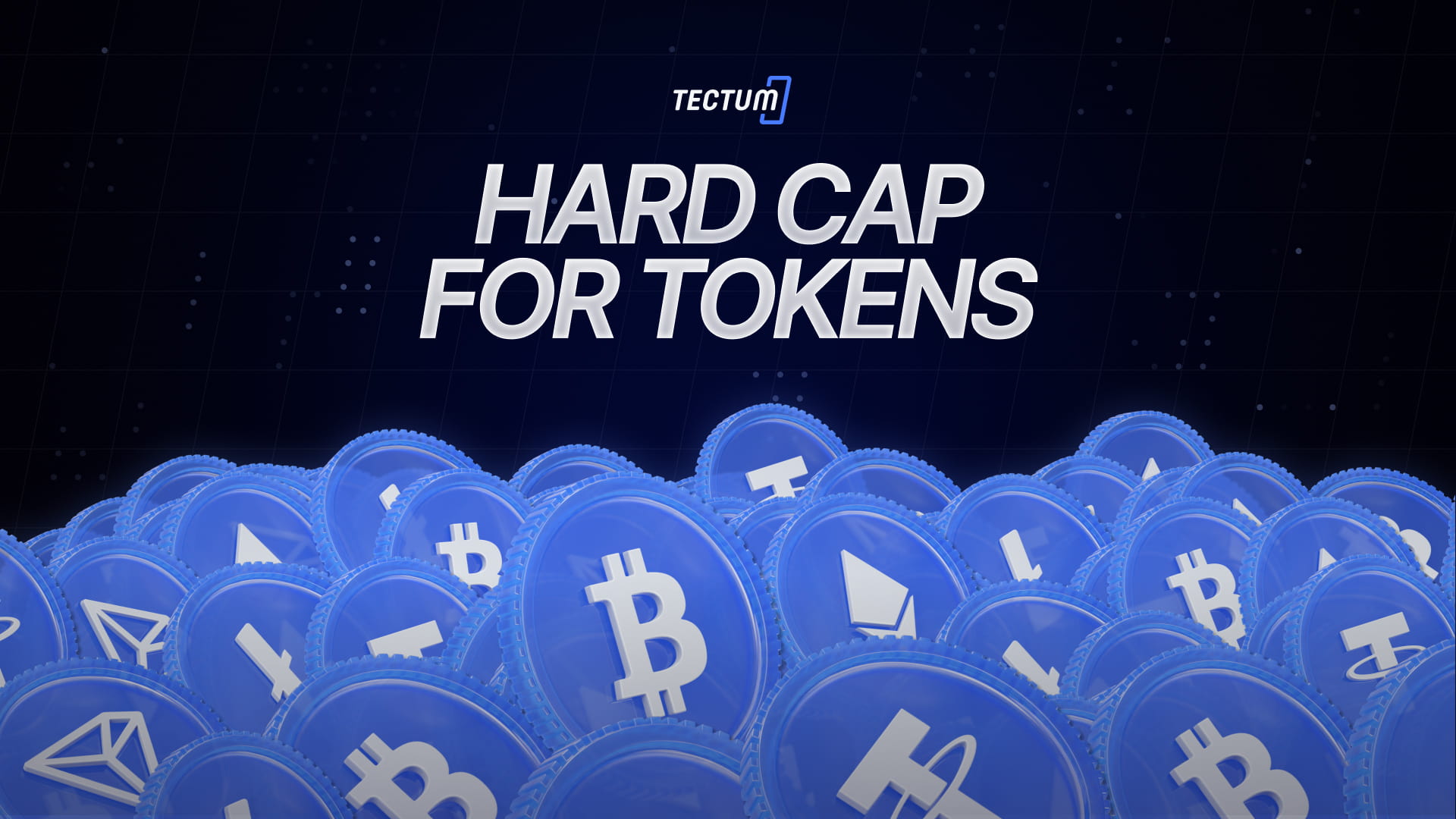Hard cap crypto is a limit on a cryptocurrency’s absolute maximum supply set by the blockchain’s code. Bitcoin‘s hard cap stops the cryptocurrency’s units from being produced or exchanged further. It is usually thought to have a positive effect since it encourages scarcity, which increases the value of each token. For example, Satoshi Nakamoto, the mysterious creator of Bitcoin (BTC), set the hard cap of the world’s first cryptocurrency to 21 million.

The finite, fixed supply of a good is referred to as absolute scarcity. When demand for a product increases, there is no new supply response to match the increased demand. As a result, the supply is completely inelastic. You won’t be able to meet demand no matter how high it rises. The only output that may change is the price. This is true in the case of BTC; regardless of how much energy is put into mining it, the issuance rate and hard-capped supply remain unchanged. To get over this limitation, a cryptocurrency must re-invent itself by changing its essential characteristics.
Gold, on the other hand, is scarce solely in terms of the energy required to mine it. If we handed out shovels to everyone and encouraged them to start digging, the market would be overwhelmed with gold, decreasing the price.
When analyzing an initial coin offering (ICO), the hard cap crypto criteria are also considered. Investors and consumers must evaluate a variety of factors while analyzing a project or protocol before making a purchase. The most well-known criteria among such elements are an ICO’s hard and soft caps. A soft cap refers to the minimal amount that developers must raise in order to launch their product, whereas a hard cap refers to the total amount that a team aims to achieve in an ICO.
Stay tuned for new notices every day.
Have you signed up on the pre-sale list? Sign-up here.